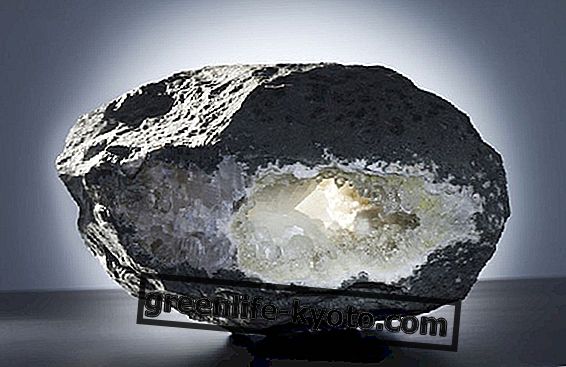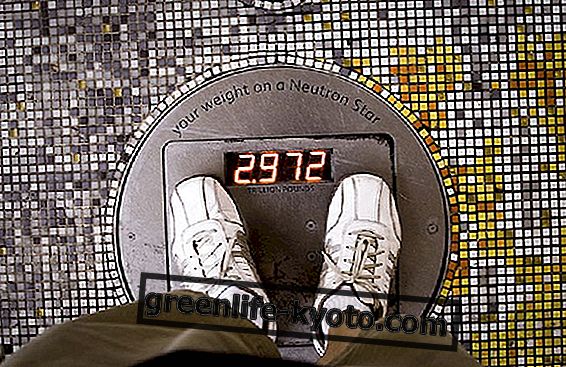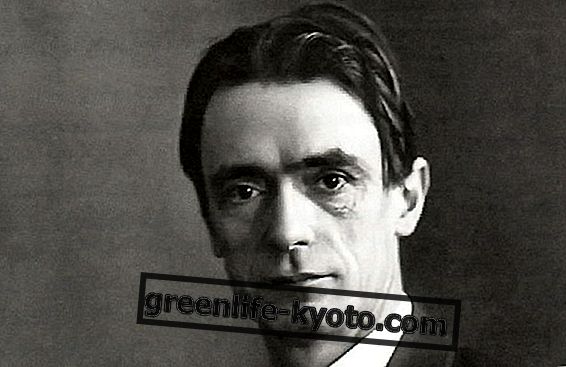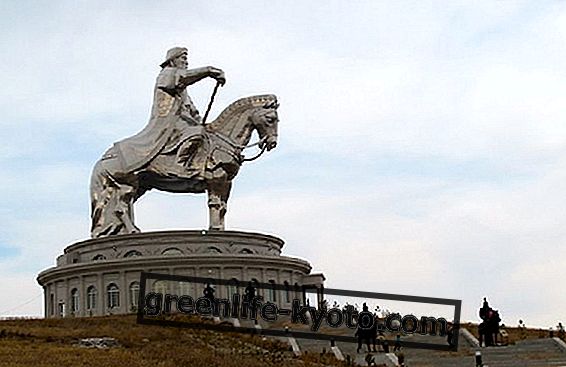
The vertebral column extends as the supporting axis of the body, starting from the head, which it supports, and ending in the pelvis, thanks to which it unloads the weight of the trunk and the upper part of the body on the legs. From the analogical point of view, the vertebral column gives indications on the ability to say yes and no to experiences, on the capacity to accept or reject and on the ability to move in life.
The spine
The vertebral column is located in the posterior position and to it connect the bones of the inferior limbs and of the superior limbs, of the neck and of the head, the thoracic cage, and the pelvis.
Its central position is important for all these apparatuses, as a support . The spine allows, together with the thoracic cage and the pelvis, to protect the delicate internal organs present in the abdomen, encloses the spinal cord and allows movement.
It is divided into vertebrae divided by fibrocartilage pads called intervertebral discs, with which it can absorb shocks and be flexible in movement. The vertebrae, according to the section in which they are located, are divided into:
- cervical vertebrae (they are seven and constitute the skeleton of the neck),
- thoracic vertebrae (there are twelve to which the ribs of the thoracic cage are connected),
- lumbar vertebrae (there are five and are located in the lower part of the column),
- sacrum (composed of the fusion of five vertebrae).
The spine in the reflex area of the foot
The spine is reflected on the foot, according to the mirror principle, in the medial area of the two feet, where the back becomes a plant, starting from the big toe and ending up on the heel.
The cervical vertebrae are found on the second phalanx of the big toe in reflexology. On the first metatarsal are the thoracic vertebrae and on the areas just below, on the cuneiform and scaphoid bones of the foot, are the vertebrae of the lumbar segment. The sacred is found on the edge of the heel and on the astragalus.
According to the principle of similarity which, like the principle of direct reflex, is part of the ways that holistic podalic reflexology uses to find areas, the vertebral column area being made up of bones will be found in the bone structure of the areas indicated above.
The energy that runs along the spine with yoga
Analogical interpretation of the spine
Function of the column is to support and connect. Analogously, the upper part of the spine, supporting the head, gives indications on the ability to say yes and no to experiences, to support the weight of one's thoughts, and to be able to look around in the experience one is going through, to accept it or change course.
This part of the column is also linked to the ability to communicate: in fact it is close to the throat area and the phonation organs. Moreover, the cervical vertebrae are affected by the relationship with responsibilities: the weight on the shoulders, in fact, goes to load this part of the column.
The medial part of the vertebral column indicates instead the relationship with the protection of what is intimate: together with the thoracic cage it protects the internal organs, giving them a place. Through the connection with the upper limbs it gives indications on the capacity to accept or to reject and to do concrete.
The lumbar area, analogously, connects with the instinctual and sexual part, as well as the coccyx. The coccyx, moreover, being at the base of the column, represents the throne on which the individual sits, and has to do with stability and, through the connection with the lower limbs, the ability to move in life.
Physical treatment of the reflex points of the column
In many reflexology treatment protocols the pressure on the reflex areas of the spine is the first approach to the foot of the subject, both because it is in a central position, and because it is connected, physically and analogously, to functionality and proximity to almost all the others apparatuses.
Moreover, many of the reflex zones of the column intersect areas and epicentres of other very important organs, such as the heart and the digestive system. A first approach through the palpation of the areas of the vertebral column from indications on the attitude of opening and / or closing to the treatment of who we are treating and it allows to divide into bilateral segments the areas on which to deepen the treatment, such as high / low and right /left.
The column often suffers for reasons that are not its own responsibility, due to the dysfunctionality of its structure or physiology, with the exception of cases of precise and specific diagnosis.
The treatment and reading of these points, therefore, can never be done and sought as the only element: in holistic reflexology we treat the foot and its responses as we treat the body and its manifestations in a connected and interdependent whole . A single point cannot give absolute answers, it is always necessary to collect as much information as possible from several points.













